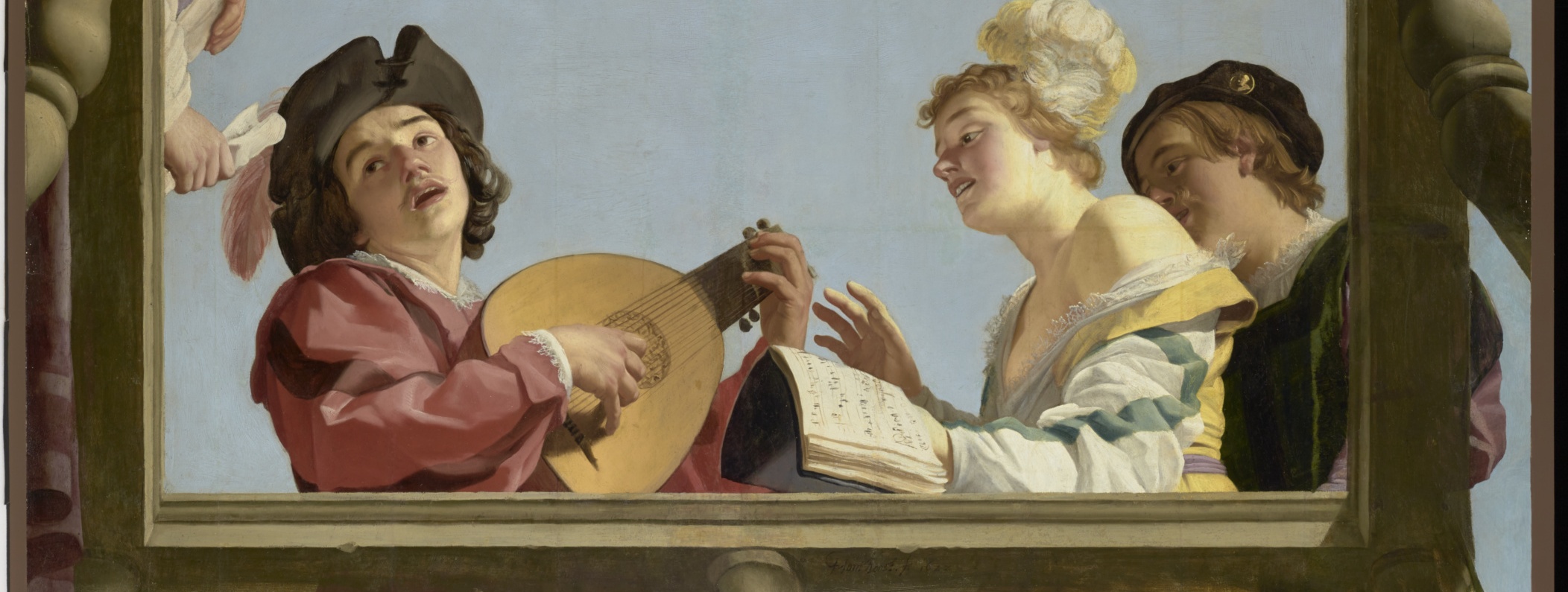 Richard Tarleton – fool, actor, playwright, poet, musician and legend – was the foremost stage clown of his age, celebrated in his own lifetime and well beyond. As an actor, he was a star of the stage when permanent theatre buildings were new, a fool or comedian of great physical and verbal wit, a serious player of affecting pathos, and a member of Queen Elizabeth I’s own acting company, The Queen’s Players. As a successful playwright, he wrote in the tradition of morality plays. As a poet and essayist, he wrote on the theme of natural disasters and divine displeasure. As a musician, he was a player of pipe and tabor and a creator of extempore comedy songs. As a legend, much-loved and much-missed after his sudden death, he was a byword for exemplary wit, his name used to sell literature for decades, his image still used and recognised two centuries later.
Richard Tarleton – fool, actor, playwright, poet, musician and legend – was the foremost stage clown of his age, celebrated in his own lifetime and well beyond. As an actor, he was a star of the stage when permanent theatre buildings were new, a fool or comedian of great physical and verbal wit, a serious player of affecting pathos, and a member of Queen Elizabeth I’s own acting company, The Queen’s Players. As a successful playwright, he wrote in the tradition of morality plays. As a poet and essayist, he wrote on the theme of natural disasters and divine displeasure. As a musician, he was a player of pipe and tabor and a creator of extempore comedy songs. As a legend, much-loved and much-missed after his sudden death, he was a byword for exemplary wit, his name used to sell literature for decades, his image still used and recognised two centuries later.
This is the first of four articles trawling 16th and 17th century sources to build up a picture of the man. This introductory article begins with a short history of fools in their three types – natural, ungodly, and artificial – to put Tarleton in his historical context; clarifies what contemporaneous writers meant when they described him as a jester; then describes his ‘country fool’ clown’s costume and notable physical appearance. Two neglected topics comprise the second and third articles. Part 2: Tarleton the player and playwright considers his range as a comic and serious actor and his style as a playwight, with an evidenced reconstruction of his lost play, The Secound parte of the Seven Deadlie Sinns. Part 3: Richard Tarleton the musician and broadside writer examines his style as a taborer; describes Tarleton as a comedic creator of extempore songs from themes called out by the audience; and surveys the evidence for Tarleton as a composer of ballads. Part 4: Tributes to Tarleton – with a musical discovery from the 16th century summarises the broadside ballads, books and plays which praised Tarleton and used his persona after his premature death. In particular, a musical biography of Richard Tarleton, A pretie new ballad, intituled willie and peggie, has its words and music reunited after 400 years of separation in a featured video performance.
Read more
 Elizabethan actor and comedian Richard Tarleton is remembered most for his quick-witted and clever quips, his physical comedy, and for the image of him playing pipe and tabor. Despite the fact that this famous representation shows him as a musician, Tarleton the musician has remained a neglected subject in both historical and modern accounts.
Elizabethan actor and comedian Richard Tarleton is remembered most for his quick-witted and clever quips, his physical comedy, and for the image of him playing pipe and tabor. Despite the fact that this famous representation shows him as a musician, Tarleton the musician has remained a neglected subject in both historical and modern accounts.





